TACOMA (Day 15 - part 1)
We drove down to Tacoma for the day.
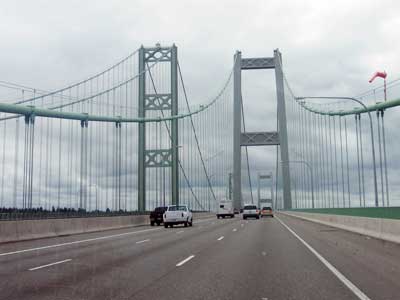
Crossing the Tacoma Narrows Bridge
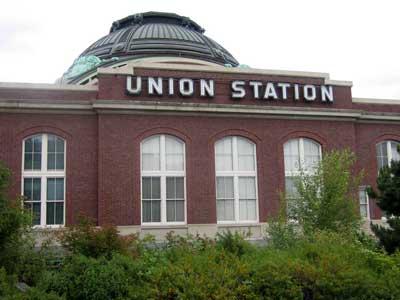
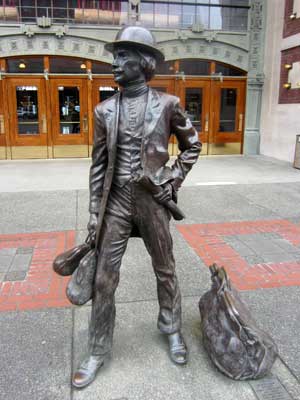
The train station... complete with a carpetbagger statue
A carpetbagger was a Northerner who moved to the South after the American Civil War, during the Reconstruction era (1863 - 1877). The name came from the cheap luggage they carried made from carpet fabric. Many white Southerners feared they would loot and plunder the defeated South, and so the term came to be associated with opportunism and exploitation by outsiders.
Our first stop was the Bridge of Glass, a 500-foot long, partially-covered pedestrian bridge spanning Interstate 705. Opened in 2002, it was decorated with stunning glasswork by Dale Chihuly. There are three parts: the Seaform Pavilion (the covered portion of the bridge with a marine-life theme in the ceiling); the Crystal Towers (two 40-foot-tall structures made from 63 pieces of Polyvitro, a polyurethane material); and the Venetian Wall (an 80-foot-long showcase with 109 individual pieces).
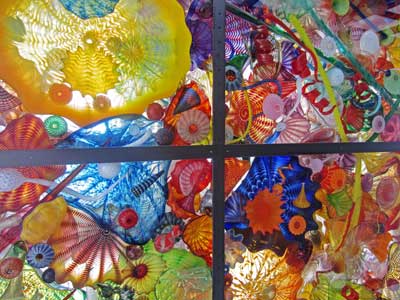
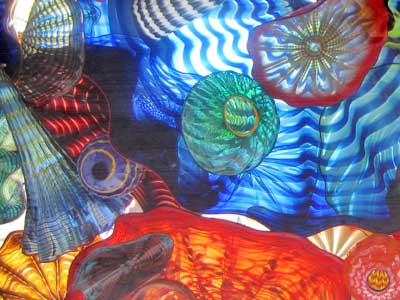
Looking up at the ceiling of the Seaform Pavilion
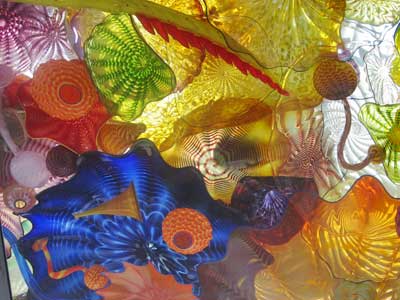
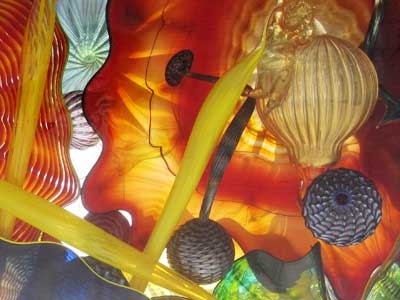
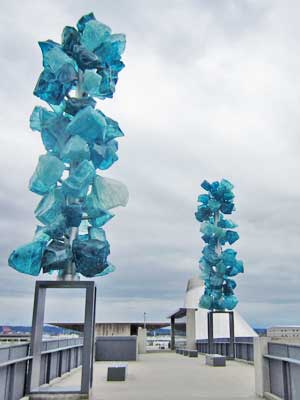
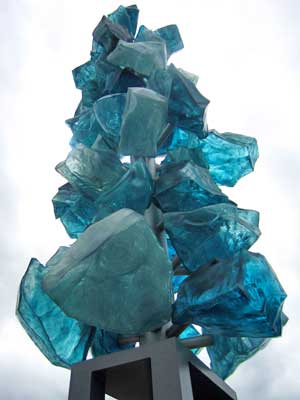
The two Crystal Towers
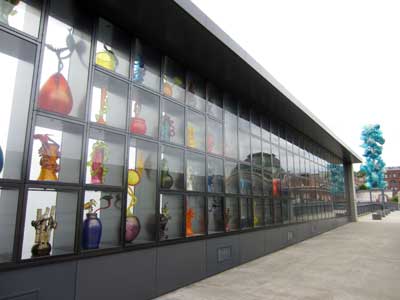

The Venetian Wall
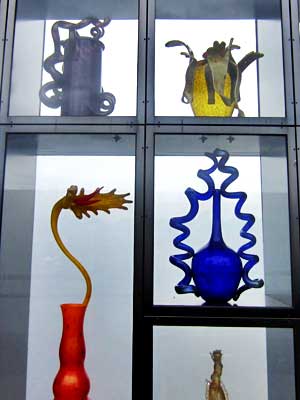
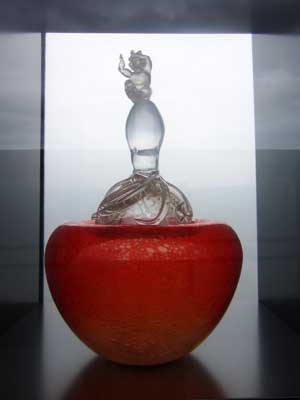
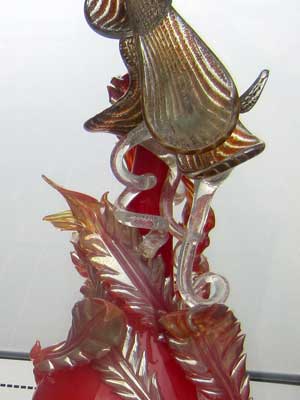
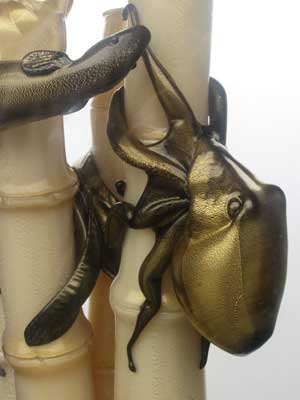
The bridge let out on the roof of the Museum of Glass, where there were additional outdoor glass installations.

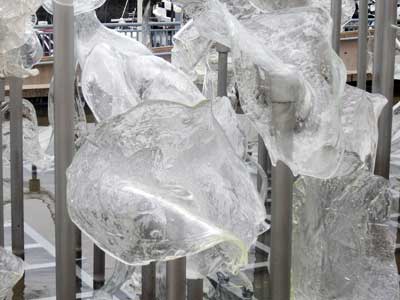
An intricate fountain
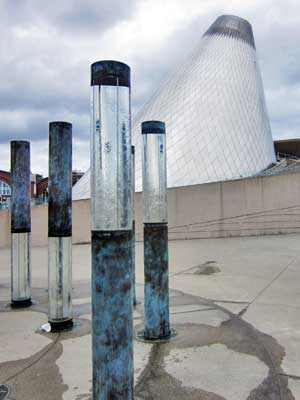
The top of the Museum of Glass
We then drove to another section of town.
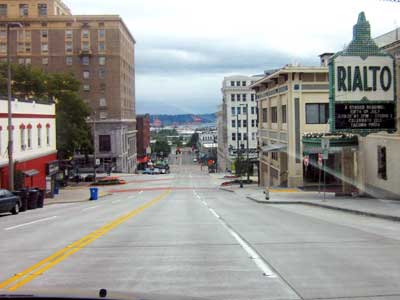
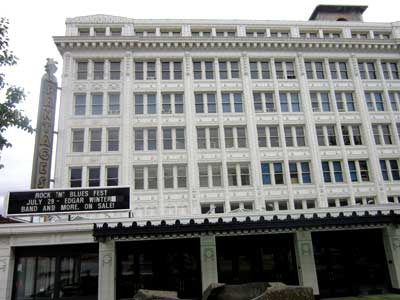
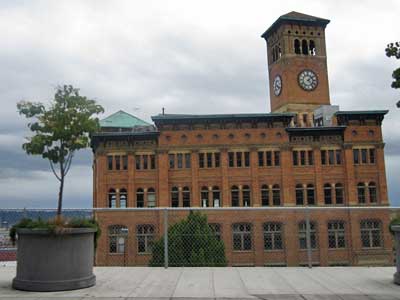
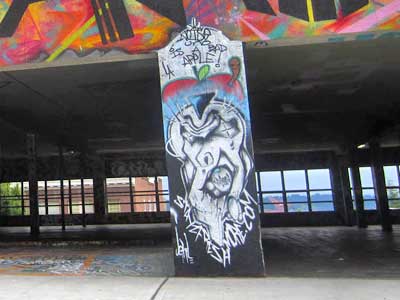
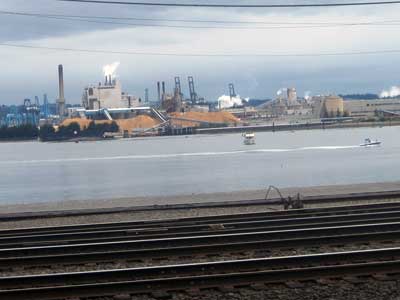
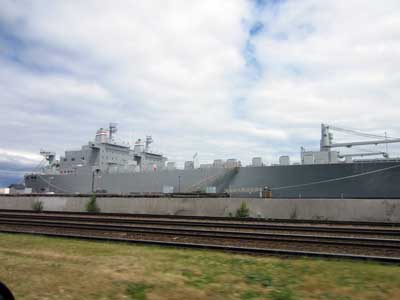
An industrial area... and large naval ship
We stopped briefly at the Chinese Garden and Reconciliation Park.
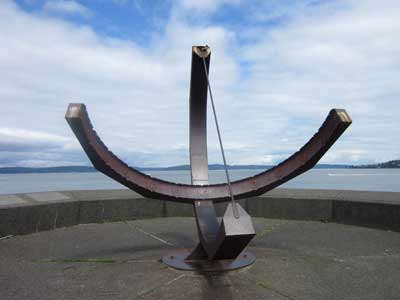
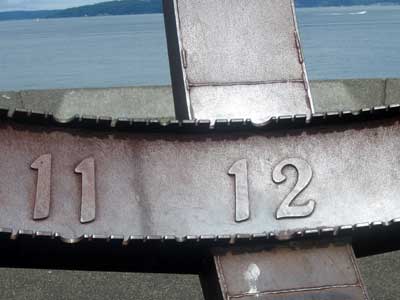
A large sundial
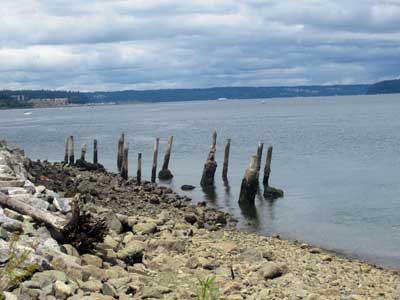
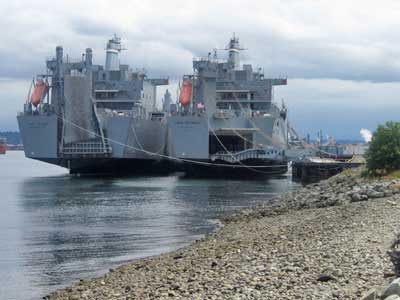
Overlooking Commencement Bay... more naval vessels
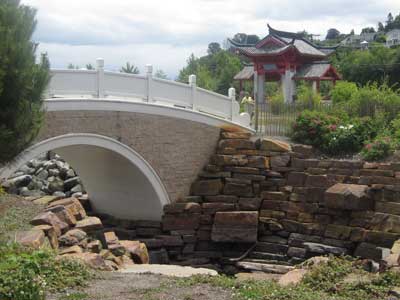


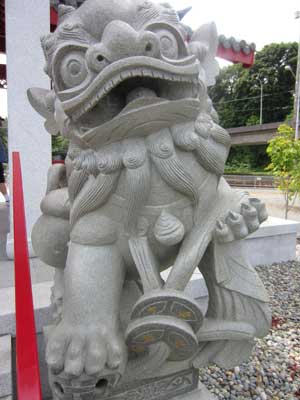
A female... and male guardian of the gate
Chinese guardian lions (known as Shi in Chinese and as Foo Dogs in English) have traditionally guarded imperial palaces, tombs, temples and the homes of government officials and the wealthy since the Han Dynasty (206 BC - AD 220). The lion symbol came from India (especially Buddhist symbolism) and was believed to have powerful mythic protective benefits. They are usually depicted in pairs, with a male leaning his paw upon an embroidered ball (yang, representing supremacy over the world ) and a female restraining a playful cub (yin, representing the cycle of life).
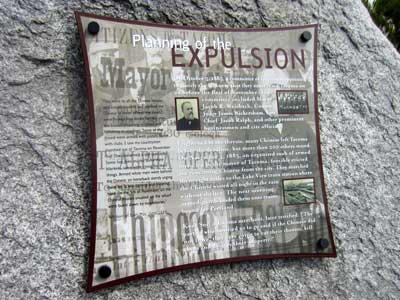
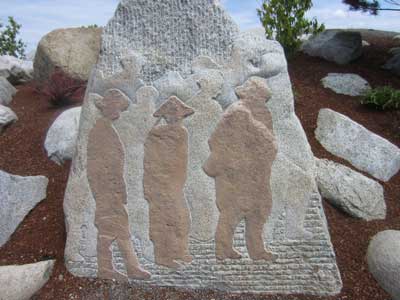
Chinese immigrants were welcomed at first since they were will to work the difficult, tedious and dangerous jobs. They dug mines, built railroads, planted crops and fished the bays. They were cooks, laundrymen, barbers, servants, grocers and merchants.
Once the Gold Rush diminished and the economy declined in the 1870's, however, wages dropped and jobs became scarce... and the Chinese became targets of discrimination, violent riots and local laws that limited their rights.
In 1882, Congress passed the Chinese Exclusion Act... the first immigration law to single out a specific nationality for discriminatory treatment. In 1884, the citizens of Tacoma insisted that "the Chinese must go!" A committee was established to notify the Chinese they must leave Tacoma before November 1st, 1885. Many left but over 200 stayed. They were then forcibly removed by a group of men armed with guns and clubs, led by the mayor. They broke down doors, smashed windows and then marched them 8 miles to the train station where they were force to wait overnight without shelter. In the morning, armed guards loaded them on a train for Portland. Their old houses, located along the wharf, were then burned down.
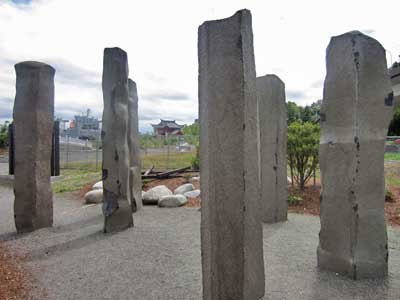
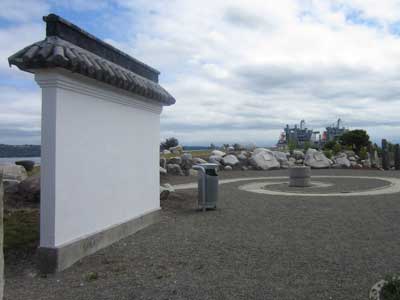
Next came a visit to the Point Defiance Zoo & Aquarium.
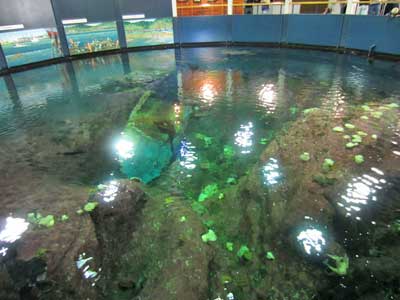
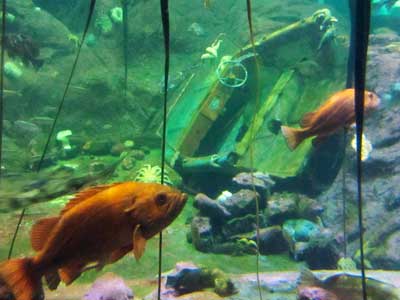
A large pool... complete with a sunken motorboat

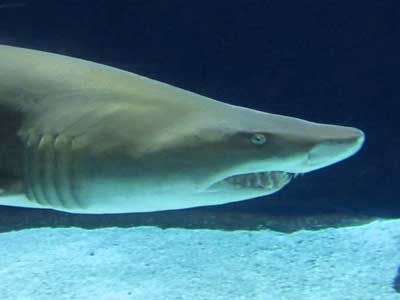
A shark reef
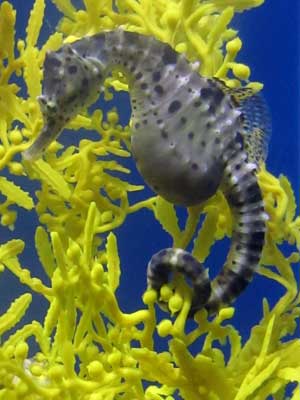
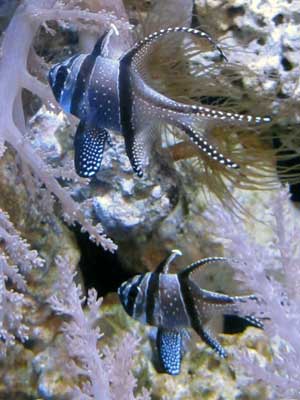
A seahorse... and pair of Banggai Cardinals
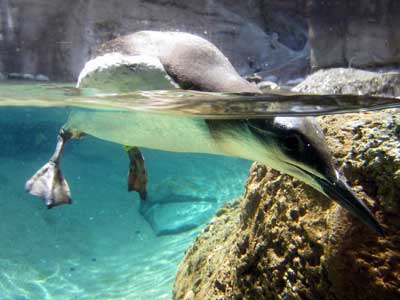
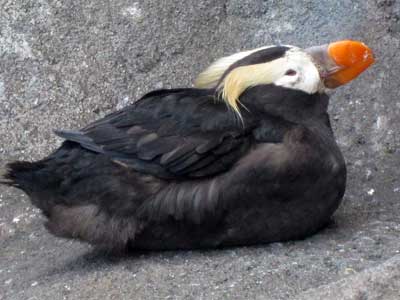
A water bird... and a puffin
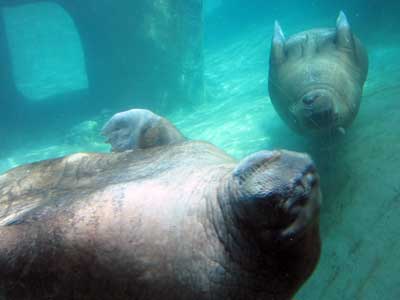
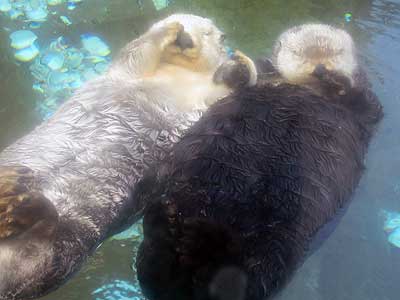
A pair of inverted walruses... and sleeping sea otters, holding paws
return • continue

